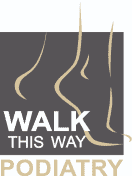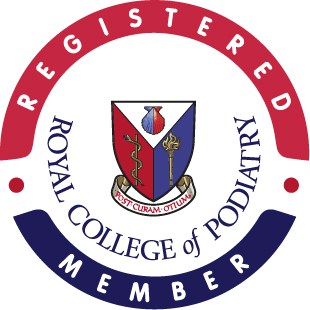Hypermobility
Joint hypermobility, also known as ligamentous laxity, is a connective tissue disorder that primarily affects the musculoskeletal system, causing ligaments, joints and other tissues to exceed the normal range of motion for that structure. People with hypermobility are naturally very flexible and can move their limbs into positions others would find somewhat difficult.
Because Hypermobility changes the way joints work together, it alters the natural mechanism of the foot. As the connective tissues in the feet are looser, there is a greater likelihood of increasing the strain on the joints and the soft tissues (the muscles, tendons and ligaments) that hold everything together. Therefore, people with joint hypermobility are more prone to having low-arched or flat feet and have a higher risk of developing problems associated with flat feet like plantar fasciitis heel pain and posterior tibial tendon dysfunction. In addition, they are more susceptible to experiencing sprains, strains and dislocations, joint instability, and poor muscle strength.

Causes for joint hypermobility vary. For most people, it’s an inherited condition that tends to run in their families. Studies have shown that this can be due to genetic changes in the collagen protein structure found in the tissues. When the tissues that help support and stabilise the joint are loose or stretchy, they cannot properly do their job, so the joints are hypermobile.
Other cases reveal that hypermobility can result from low muscle tone, the shape of the bone ends or the body’s inability to sense the joint position (Proprioception). Hypermobility could also be a symptom of a disease or disorder like Ehlers-Danlos, Marfan’s and Down’s Syndrome.
Joint hypermobility affects many children under the age of 10, but it resolves as they grow older. When the condition persists into adulthood, some people may experience symptoms such as:
- Joint pain, especially after physical activity
- Muscle fatigue causing tired, achy legs and feet
- Higher risk of sprains and dislocations
- Balance and coordination problems
There are a number of treatments that can help you manage hypermobility, from an exercise programme to help strengthen the muscles and improve and stabilise the joints to using custom foot orthotics to support and stabilise the feet and legs.
At Walk This Way Podiatry, we can help you find the most suitable solution to manage any symptoms and prevent injuries.








